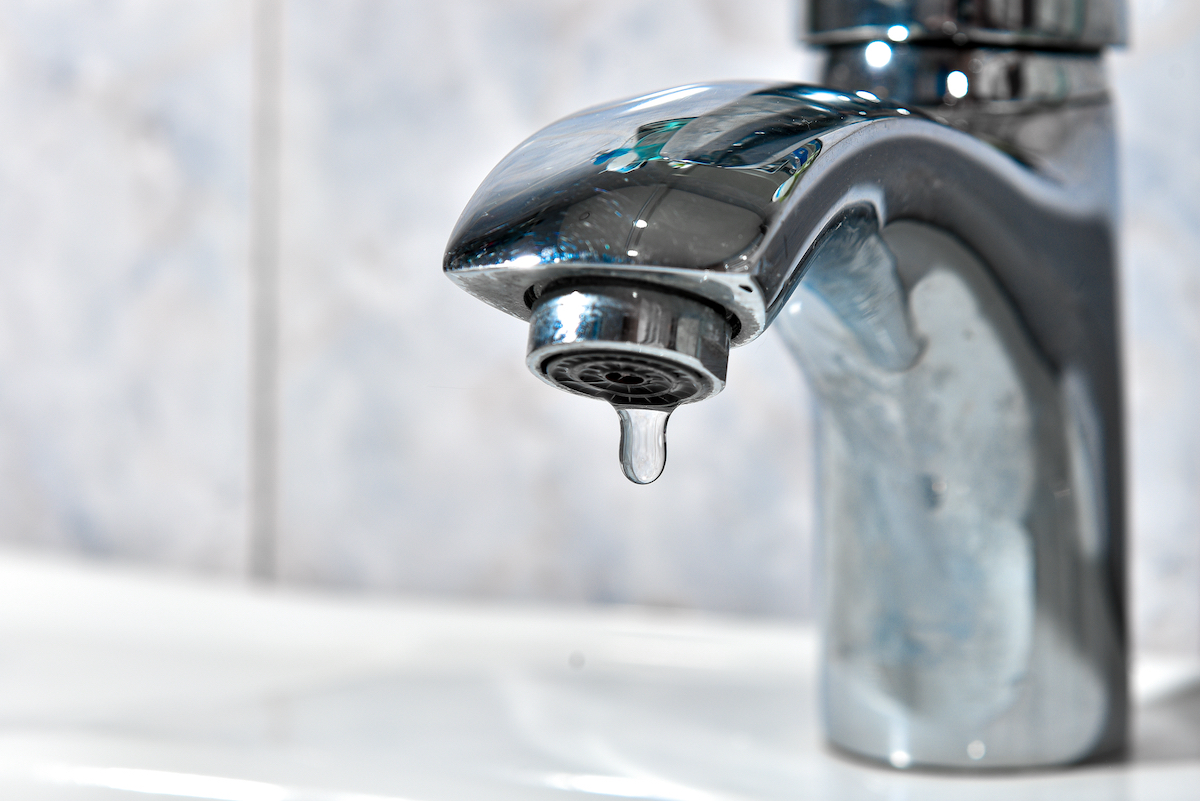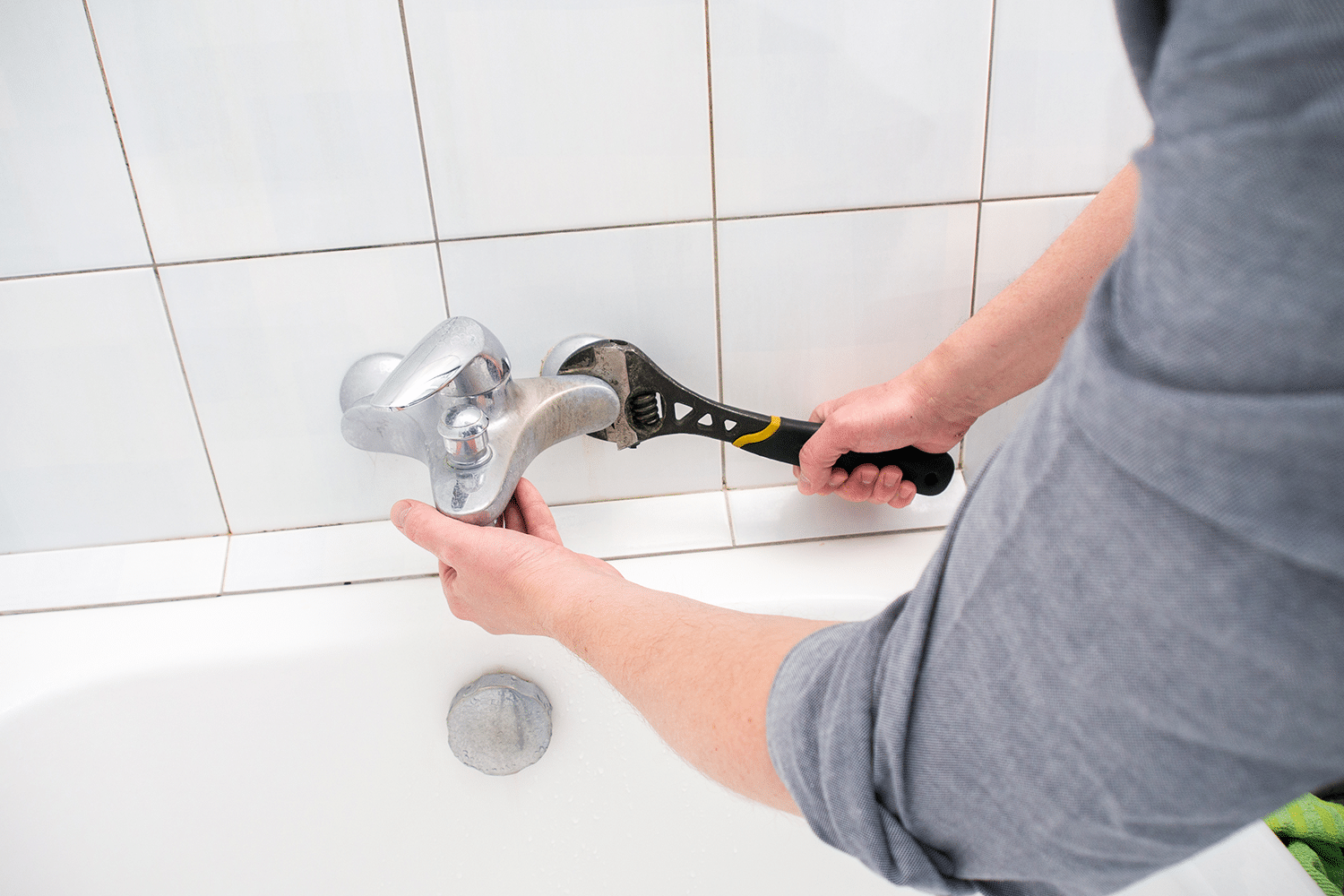Our Reasons Behind Fixing a Faulty Faucet
Our Reasons Behind Fixing a Faulty Faucet
Blog Article
This article further down pertaining to What Causes Leaky Faucets & How To Fix Them is especially interesting. You should investigate it.

Dripping taps may seem like a minor aggravation, but their influence exceeds simply the aggravation of the audio. From drainage to incurring unnecessary monetary expenses and health and wellness dangers, disregarding a dripping faucet can lead to various effects. In this article, we'll delve into why it's vital to resolve this common home problem immediately and successfully.
Waste of Water
Ecological Impact
Leaking faucets contribute significantly to water waste. According to the Epa (EPA), a single tap trickling at one drip per second can throw away more than 3,000 gallons of water each year. This not just pressures water sources but also influences communities and wildlife dependent on them.
Financial Costs
Raised Water Expenses
Past the ecological impact, dripping faucets can blow up water expenses considerably. The gathered wastage gradually converts into higher energy costs, which can have been prevented with prompt repair work.
Prospective Residential Property Damage
Additionally, long term dripping can bring about harm to components and surfaces bordering the faucet. Water build-up can trigger discoloration, rust, and also structural issues if left unattended, resulting in extra repair costs.
Wellness Worries
Mold And Mildew and Mildew Development
The continuous presence of dampness from a trickling tap develops an optimal atmosphere for mold and mildew growth. These fungis not only endanger indoor air quality but likewise pose wellness dangers, especially for people with respiratory system problems or allergic reactions.
Waterborne Conditions
Stationary water in leaking faucets can come to be a breeding ground for bacteria and other virus, increasing the risk of waterborne illness. Impurities such as Legionella bacteria flourish in stationary water, possibly resulting in major diseases when ingested or inhaled.
DIY vs. Professional Repair service
Advantages and disadvantages of Do It Yourself Fixing
While some may attempt to repair a leaking tap themselves, do it yourself fixings include their own collection of difficulties. Without correct knowledge and devices, DIY attempts can intensify the concern or cause incomplete fixings, lengthening the trouble.
Advantages of Hiring an Expert Plumber
Hiring an expert plumber ensures that the underlying reason for the trickling faucet is attended to effectively. Plumbing professionals possess the know-how and devices to identify and repair faucet issues effectively, saving time and lessening the risk of further damage.
Step-by-Step Guide to Dealing With a Dripping Tap
Tools Called for
Prior to trying to take care of a trickling faucet, collect the essential tools, including a flexible wrench, screwdrivers, replacement parts (such as washers or cartridges), and plumber's tape.
Typical Faucet Issues and Their Solutions
Determine the kind of tap and the certain issue creating the drip. Usual issues include worn-out washers, rusty valve seats, or faulty O-rings. Describe producer guidelines or online tutorials for detailed guidance on repairs.
Safety nets
Regular Upkeep Tips
To avoid dripping faucets, carry out regular upkeep such as cleaning aerators, checking for leakages, and changing worn-out parts without delay. In addition, take into consideration installing water-saving gadgets or upgrading to extra efficient fixtures.
Value of Prompt Repairs
Attending to leaking faucets as quickly as they're observed protects against further water waste and potential damages, inevitably saving both water and money in the future.
Impact on Residential Or Commercial Property Value
Perception of Well-Maintained Home
Keeping a home in good condition, including addressing maintenance concerns like dripping faucets, improves its perceived value and charm among possible purchasers or lessees.
Impact on Resale Value
Properties with well-maintained plumbing components, consisting of taps, command greater resale values in the real estate market. Attending to trickling faucets can contribute to a positive perception throughout building evaluations and settlements.
Environmental Responsibility
Individual Payment to Preservation
Taking obligation for taking care of dripping faucets lines up with wider efforts towards water preservation and environmental sustainability. Every individual's activities jointly make a considerable effect on maintaining precious sources.
Sustainable Living Practices
By prioritizing prompt repair services and adopting water-saving routines, individuals contribute to sustainable living methods that profit both existing and future generations.
Conclusion
Dealing with a trickling tap goes beyond mere ease; it's a necessary action towards conserving water, decreasing monetary prices, and safeguarding wellness and property. Whether via DIY repair work or expert aid, doing something about it to take care of leaking faucets is a small yet impactful way to promote liable stewardship of resources and add to a healthier, much more sustainable future.
How to Fix a Leaky Faucet: Step-by-Step Repair Guide
A leaky faucet may seem like a simple annoyance, but if it's not fixed promptly, that leak could cost hundreds to potentially thousands. From water damage to mold, mildew, and high water bills, even a tiny leak can be catastrophic if left unattended. Damage like this can even affect the overall value of your home, so it's important to take the right approach for leaky faucet repair. You may need the help of a plumber in some cases, but we've got a few tips you can try on how to fix a leaky faucet before calling the pros.
Four Faucet Types
When you're learning how to fix a leaky faucet, the first step is knowing what kind of faucet you're working with! There are four common types.
Cartridge Faucets
Cartridge faucets come in one- or two-handled varieties. In one-handled cartridge faucets, hot and cold water combines in a single cartridge. In the two-handled versions, hot and cold water are controlled separately and mixed in the faucet.
Ball Faucets
Ball faucets have a single lever you push up and down to adjust the pressure and rotate to change the temperature. A slotted metal ball controls the amount of water allowed into the spout.
Compression Washer Faucets
They're the oldest type of faucet, but they're still used in many homes — especially older ones. Compression faucets have two separate handles that, when turned, raise or lower the washer that seals a water valve. This valve stops water from flowing through the faucet when it is turned off.
Disc Faucets
Disc faucets rarely need to be repaired due to their maintenance-free design. The water flow is controlled by two discs — the upper one raises and lowers against a fixed lower disc, creating a watertight seal. If your disc faucet starts leaking, you may need to replace the seals or clean residue buildup from the inlets.
Fixing a Leaky Faucet
Step 1: Turn Off the Water
Whether you're learning how to fix a leaky bathtub faucet or how to fix a leaky kitchen faucet, always turn off the water supply to your working area when you're fixing a leak. The last thing you want is a flood added to your list of things to fix.
Look for the shutoff valves below your sink or around the tub and turn them clockwise to stop the water flow. If your faucet doesn't have shutoff valves, you may need to turn off the water for the whole house. Check to make sure it's off by turning the faucet on. If nothing comes out, you're ready to start the repair.
Step 2: Take Apart the Faucet
How you disassemble your faucet depends on the type of fixture you have. You can use a flathead screwdriver to remove the caps on top of the handle or handles for cartridge and compression faucets. Inside, you should see handle screws. Unscrew these with a screwdriver to remove the handle.
Disc- and ball-style faucets will typically have an inlet screw near the handle, and removing that will reveal the interior of the faucet.
Detach the Valve Stem
For cartridge- and compression-style faucets, you'll see the inner valve stem or cartridge once you remove the faucet handles. If you have a compression faucet, unscrew the brass valve stem. If you have a cartridge faucet, pull out the cartridge. If your cartridge has been in place for a while, it may require some tools or extra force to remove it due to mineral deposits.
Examine and Replace Parts
Once you've removed the parts, check them out to confirm what needs to be replaced. You may see corroded rubber washers, O-rings, stems, or cartridges. On a ball-style faucet, check the seats and springs for damage.
If you need to repair a leaky disc faucet, check the inlet and seals on the lower disc.
Once you determine what parts must be replaced, visit your local hardware store. Bring the damaged parts with you to ensure you can purchase the correct components to replace them.
Clean Valves and Faucet Cavity
If you've removed a stem or cartridge, you may notice mineral buildup in the faucet's threads. Use white vinegar to clean the valve seat by soaking it for a few minutes, then scrub it away with a soft toothbrush and rinse with warm water. You can also clean the interior of the faucet in the same way.
Reassemble the Faucet
Once your faucet is cleaned and the required parts have been replaced, it's time to reassemble it. Put the pieces back together and slowly turn the water supply back on. Doing this slowly is crucial because too much initial water pressure can damage the new hardware you've just installed.
https://homewarranty.firstam.com/blog/how-to-fix-leaky-faucet

Do you appreciate more info about Should I Repair or Replace a Leaky Faucet?? Try to leave a short review down below. We'd be glad to see your responses about this write-up. Hoping that you visit us again in the future. Please pause to share this entry if you liked it. Bless you for your time. Kindly check up our blog back soon.
Report this page